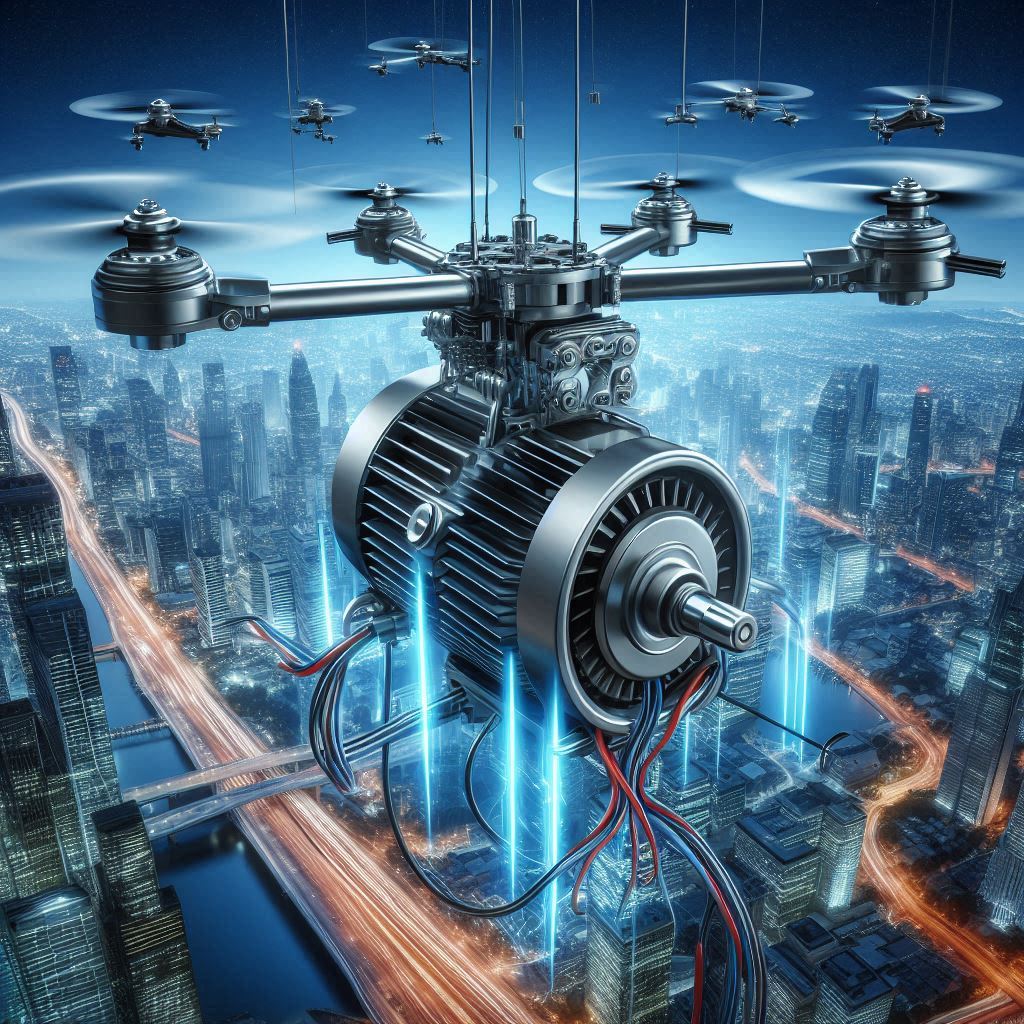As the demand for smart machines and automation continues to grow, understanding the components that power these innovations becomes more important than ever. Whether you're building a high-performance drone or integrating motors into an industrial application, selecting the right motor and knowing its cost implications are key. Among the most widely discussed components in today’s tech world are drone motors and DC motors.
A drone motor plays a crucial role in determining the performance, stability, and flight efficiency of a drone. These motors are typically brushless, offering high power output, low weight, and superior efficiency compared to traditional brushed motors. Designed to generate the thrust required for lift and flight, drone motors must strike the perfect balance between speed, torque, and energy consumption.
Choosing the right drone motor depends on the size of the drone, the payload it carries, and the desired flight time. For example, racing drones need lightweight motors with high RPMs for speed, while aerial photography drones require motors that offer stability and longer flight duration. Advances in motor technology have enabled more precise control, quieter operation, and enhanced reliability, allowing drones to be used in a variety of sectors, including agriculture, surveillance, delivery, and filmmaking.
While drones represent the cutting edge of mobility, DC motors are the workhorses powering countless everyday devices. When it comes to selecting the right one for your application, understanding the dc motor price becomes a significant factor. DC motor pricing can vary widely based on several factors: the type of motor (brushed or brushless), power rating, torque, size, and additional features like speed control or waterproofing.
Miniature DC motors used in toys or electronic devices may cost just a few dollars, while industrial-grade motors with high torque and advanced controls can reach hundreds. However, the price often reflects quality, durability, and efficiency. Choosing a cheaper motor might save money upfront but could result in higher maintenance or replacement costs in the long run. It’s important to match the motor specifications to your project requirements to get the best value for your investment.
Interestingly, both drone motors and DC motors are converging in various modern applications. For instance, robotics often uses DC motors for joint movement while using drone motors for lightweight mobility solutions. By understanding the technical capabilities and pricing structure of these motors, developers and hobbyists alike can make better decisions in their projects.

